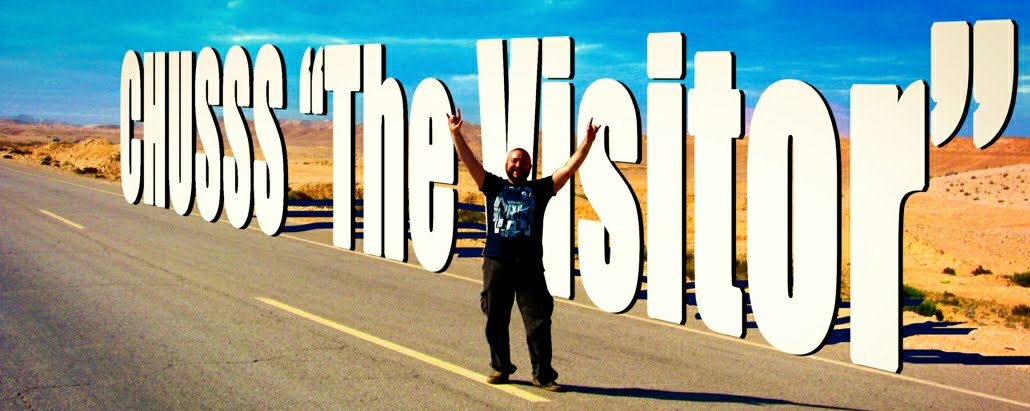Backing Tracks for improvisation lovers Dec 2017
Backing Tracks for improvisation lovers Dec 2017
Use these backing tracks to practice improvisation and harness your music theory knowledge. If you are a musician or a singer you can practice the following scales with this list of jam tracks released this month by Only Backing Tracks
1- E minor (Aeolian Mode)
2- G minor
3- G Lydian Mode
4- F# minor
5- A minor
Thanks for all the patrons on Patreon. Become a patron of our channel and receive 2 full backing track downloads monthly plus a pdf with all scale charts used in the backing tracks released every month. These tracks are useful to take your soloing abilities to the next level no matter what kind of an instrumentalist you are (guitarist, keyboardist, singer, drummer, bassist, saxophonist, trumpet player, pianist..etc)
http://www.patreon.com/chusssmusic
2017 is ending.. it's been quite a journey. Wish you all happy holidays and a happy new year
-chusss







